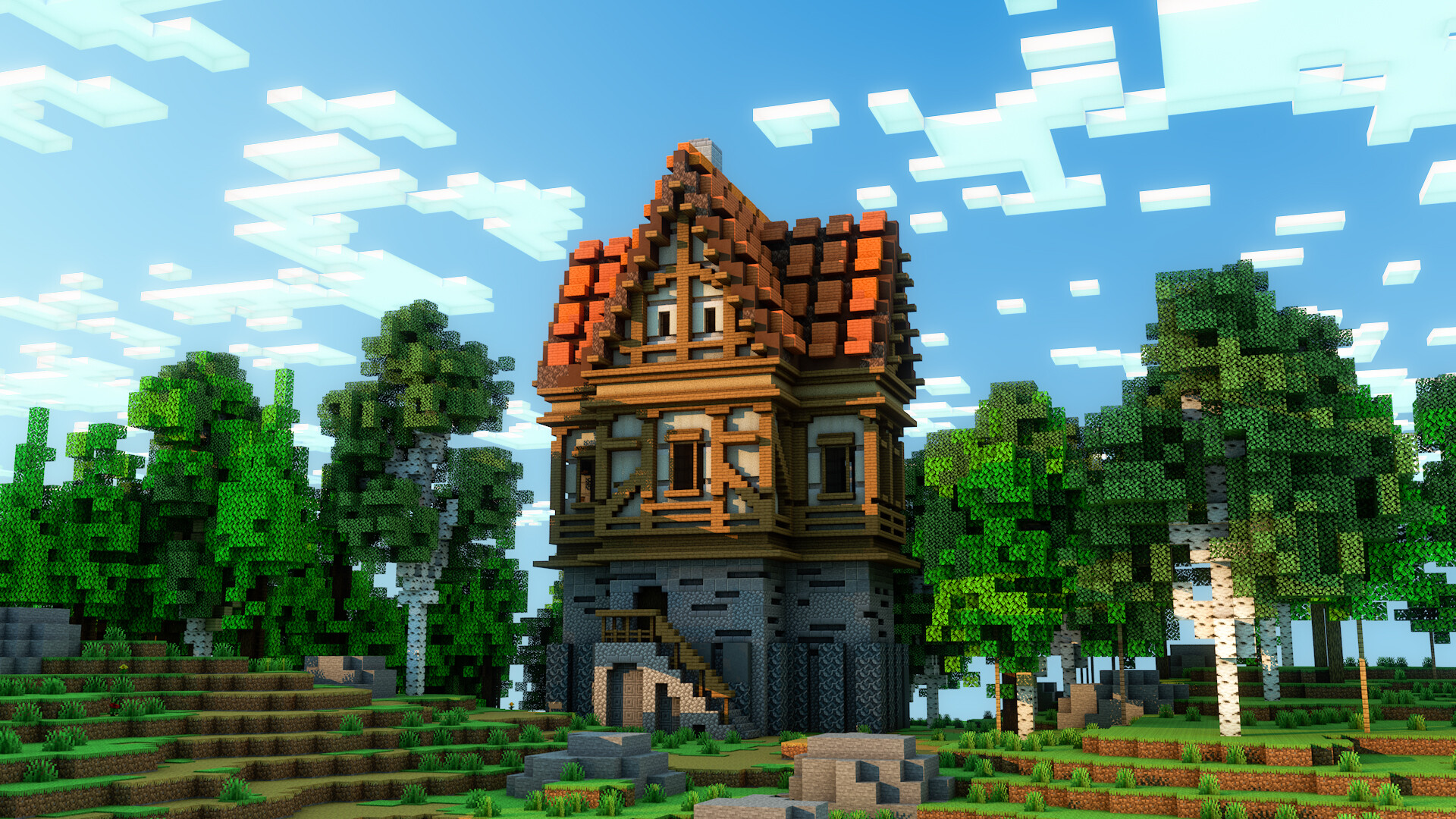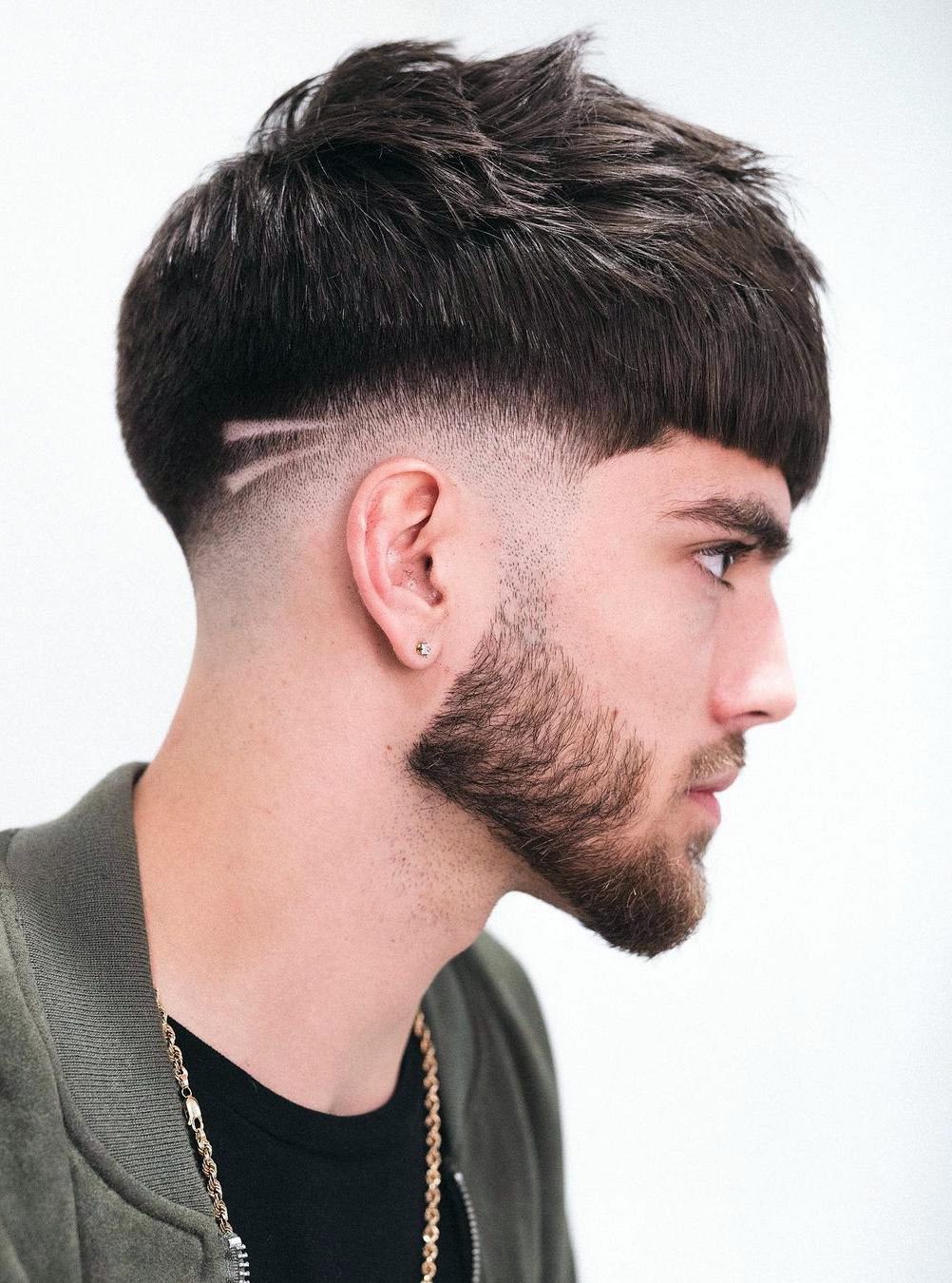Table Of Content

Read on to learn how to add height and flair to your hair in a few easy, natural steps. Combs aren’t just an asset in your hair-care routine—they can also be used to create some of our favorite men’s hairstyles. Aside from combing your hair prior to washing it, it’s also a good idea to do so after you’ve applied your conditioner—but before rinsing. This will help evenly distribute the product to ensure every strand is moisturized. Heart face shapes can use the volume in a Comb Over to restore balance to their cheekbones whilst narrowing their foreheads.
How to Comb Your Hair Without It Hurting
Even with the best hair brushing techniques, there still may be a few tangles left in after washing. Apply a spray or leave-in detangler and gently work the tangles apart without applying too much force. Remember that using force to comb hair will only serve to damage or break the hair by ripping it out at the roots and snapping it.
Combing Wet Hair
Ensuring your hair is tangle-free and in top condition are often seen as the main reasons to brush your hair. However, it can also help to stimulate blood flow, while the gentle and regular brushing movements also loosen dead skin that might otherwise clog the pores of the scalp. Here we share with you the best hair brushing tips to keep your hair tangle-free and healthy. “The comb over is a timeless haircut that has not and will not go out of style,” Nguyen says. You may be surprised but your scalp does have a natural parting, which is determined by hair growth. Feel for the swirl at the back of your head (the Cowlick) and take note in which direction the hair grows.
Shop Featured Hair Care products
To create messy texture, use your comb to brush through your hair in various directions. However, try to keep fades relatively high and avoid anything too long that falls beyond the ears. This risks softening the features and rounding off your face shape.
Comb Over Taper Fade
When it comes to using a comb to care for and style your hair, you may feel as though there’s no rocket science to it—especially if you’re a guy with short hair. And sure, it may not be the most complex styling tool to master, but there are certain tips and tricks you should know about how to comb your hair. Ahead, find five tips for combing your hair, along with three hairstyles you can create with a comb. In short, a comb-over is a classic hairstyle is simply brushed with the hair’s natural growth. Using the parting, the hair is swept back and to the side, which emphasises volume and healthy hair growth.
This cut is ideal for a variety of hair types, however, Serafino points out that the hard edge requires high maintenance. Since the growth will show quickly in such detailed areas, you might be looking at a trim every two weeks or so. Nguyen says the comb over taper fade is where only the nape of the neck and the temporal areas are faded. Combing your hair is one of those simple, daily tasks that’s easy to forget about or even ignore completely. However, if you dedicate some time to doing it right, proper combing can bring an outfit together, make you look perfect for a special event, or even change your whole sense of style.
The low fade version of the comb over places the fade transition lower on the sides and helps to build weight as it blends up towards the parietal ridge. Due to the fade placement, there is usually a bit more length on the sides, which allows you to comb the hair down when styling. Serafino points out that the barber who created this style opted for a softer part, rather than a hard line, because this client has finer hair on the top.
Norwich boy faces no further action over school hair comb injury - BBC
Norwich boy faces no further action over school hair comb injury.
Posted: Tue, 19 Dec 2023 08:00:00 GMT [source]
However, the Comb Over is usually longer and therefore emphasises volume on top and how the hair sweeps to the side. You can argue that the Comb Over has been with us forever because styling it only emphasises the natural growth. For those of you who prefer a no-fuss style, you’ll be happy to know that this carefree ‘do can be achieved in under five minutes. Start by taking a small amount of the L’Oréal Paris Studio Line Overworked Hair Putty and rubbing it between the palms of your hands. Then, apply the paste to your hair by running your fingers through it.
The Guy's Guide To How To Comb Your Hair
The best hair detangling brushes and combs to buy in 2023 - Expert Reviews
The best hair detangling brushes and combs to buy in 2023.
Posted: Tue, 15 Aug 2023 07:00:00 GMT [source]
The back and sides are cut to a conservative length without showing any scalp for a look that’s clean and professional. And because it doesn’t expose the scalp on the back or sides, it grows out well, meaning you probably won’t need to get your hair cut more often than every four or five weeks. A deep side part is perfect for men with hair of all lengths, though we’re partial to those with longer hair at the top and tapered sides. Then, pull it in a straight line toward the back of your head and brush sideways so that the majority of your hair is combed away from your face. Spray the L’Oréal Paris Elnett Precious Oil Satin Hairspray over your hair to keep your new part in place.

The comb over taper has been reinvented into a sleek, modern men’s hairstyle that flatters a variety of looks. There are several distinct variations that allow you to tailor it to your own style and preference. It’s easy to hop in the shower and reach for shampoo without a second thought, but your routine will go much smoother if you comb your hair before washing it. This will help reduce the likelihood of knots and tangles forming as you lather the formula onto your strands.

The high fade is often referred to as a “high and tight,” and resembles a military-style cut on the back and sides. These days, the high fade is more versatile, where the top can be left longer for a more contemporary look. Nguyen mentions that sometimes the length on the side where the part sits is so short that you don’t even need to fuss with finding a part. It’s a great style for guys with thick, coarse hair as well as guys dealing with thinning hair on top.
If you find yourself reaching for a plastic comb, it’s time you reevaluate. The thing is, plastic combs can often lead to static, which we’re willing to bet isn’t your desired result. Instead, use a rubber comb on wet hair and a wooden comb on dry hair. It’s also better to use a wide-toothed comb, as this will gently pull apart knots and tangles.
The following face shape can indeed wear a comb over but should be mindful of a few pitfalls beforehand. Similarly, the top and sides can be separated using low disconnected Fades to widen the forehead. However, these approaches tend to work best with thick volume on top to create a slicked-back Comb Over countered by neat and tamed sides. Triangle faces can try out different Comb Over styles but just need to steer clear of high Fades, which will reveal their jawline.
They tried to fool the world into believing they had a full head of hair but it never worked. The struggling timeless classic has since been appropriated by chic celebrities and hipsters into something a little more fashionable. Serafino points out that the hair starts at the round of the head, whereas a more typical part would be somewhat higher up on the head. Along with the variation in color, it makes for a bold, edgy style statement.
Alternatively, Baxter of California’s clay pomade is worth trying too. Unlike a Side Part, the Comb Over is best achieved through the use of a blow dryer. For the finish, you opt for a matte finish with a small amount of hair wax as opposed to a pomade that leaves a shine. Once upon a time, the Comb Over was reserved for older, balding men.
Whether you’re going for suave and sophisticated or cool and collected, knowing how to comb will help you look better than ever before. We’ve touched on using a comb to detangle your hair in many ways, but it’s especially handy for detangling your hair after your shower. When your hair is a giant, tangled mess, it can be frustrating (and painful!) to get a comb through it. If you're fresh out of the pool or shower, it's difficult to comb out your tangles without damaging your wet, vulnerable hair. With a few tips, you can give your scalp a break by making combing easier and pain-free. To better understand the comb over, forget what you think a comb over is and focus on what we’re about to show you.














